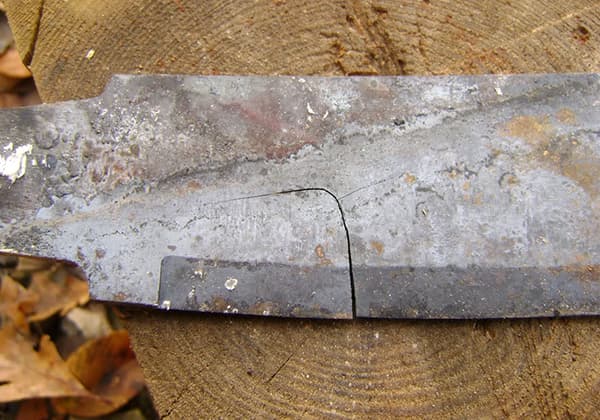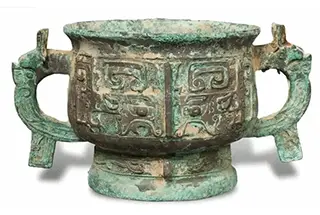In the industry of metal polishing, there is a technical term called 8K.
What exactly is 8K?
When you ask people this, most people in the industry will give you the simplest explanation, that is, what is as bright as a mirror is 8K.
In fact, this is a very simple cognition.
After all, a thousand readers have a thousand Hamlets.
You think the mirror is bright enough, but I think the mirror is still a bit vague. Whether the mirror is bright or not, everyone’s senses are different, and we can’t tell clearly.
For manufacturers that can produce 8K products, the so-called 8K is not a general statement that can be measured and summarized.
First of all, before understanding 8K, let’s first understand the grading of bright metal surfaces mechanically polished.
This is actually based on the number. From 1 to 12, the larger the number, the brighter it will be.
Among them, No. 4 and No. 8 are the most widely known.
NO.4 refers to unidirectional surface processing, which is not reflective, but is most widely used in daily applications.
NO.4 is the initial stage of mechanical polishing, also known as wire drawing.
The surface brightness of NO.4 is the product processed by a common sander.
Because NO 4. is processed by rough grinding, the surface will generally leave a certain amount of silk grain.
The long silk grain is called filament, and the short silk grain is called broken silk or snowflake silk.

After No. 4, there is actually another No. 6.
In fact, No. 6 plate also occupies a considerable market 6, which is often referred to as 6K.
Here, K refers to the reflection grade after polishing (K is the specular reflection grade).
6K looks like a mirror, which is close to the reflection of the mirror, so the unit is called K.
The standard of 8K is only related to roughness and glossiness.
For roughness, the international standard of 8k is<0.04 μ m.
In fact, this is a poor mirror panel. The better one can reach<0.01 μ m.

The glossiness can be measured directly with the most common glossmeter on the market.
In international standards, when the glossiness reaches 550-650, it can be called 8K.
Glossiness is not a direct value, because the glossiness of the sheet is different when measured at different angles.
We usually specify the glossiness of 20 °, 60 ° and 85 ° in the contract.
The glossiness decreases from 20 ° to 80 °.
The glossiness of 550-650 in the international standard generally defaults to 60 °.
For example, the glossiness 20 is 1300, 60 is 600, and 85 is 120.
Some people also asked about reflectivity.
In fact, glossiness is a physical quantity used to evaluate the ability of the material surface to reflect light under a set of geometric conditions.
Reflectivity is the percentage of the radiant energy reflected by the object in the total radiant energy.
Reflectivity depends only on the surface material, but glossiness depends not only on the surface material, but also on the roughness.
The two concepts are completely different.
8K is only measured by roughness and glossiness.
But there is a precondition.
That is, first of all, 8K is the scope of the mirror panel. Since it is been called the mirror panel, it must be free from scratches, and silk lines.
If there are any marks left on the board, even if it is bright, it cannot be called a mirror panel.
What is a grinding head flower? On the left side of the figure below, there are slight friction marks left during grinding, and on the right side of the figure below, there are traces left from the abrasive.
This kind of flower is all ground flower.
To put it simply, the 8K machine for mechanical grinding uses a special grinding head to grind.
All the fine traces left by the grinding head, like hair, are called the flowers brought by the grinding head.

This kind of flower may not feel like it, but it greatly affects the beauty and utilization value of the sheet.
In addition, there are dark lines that can be seen in dark light.
These sound like no big problem, but in fact, they are all caused by the quality problems of the processing equipment itself.
The processed plates cannot be directly used in high end situations.
Especially when your plate has the next process, such as color plating, it will have a great impact on the quality of subsequent processing.
To sum up, there are no grinding head patterns or dark lines on the plate. The roughness of the plate is less than 0.04 μm, and the 60 °glossiness of the plate surface is between 550-650, then such a plate is a real 8K plate.


